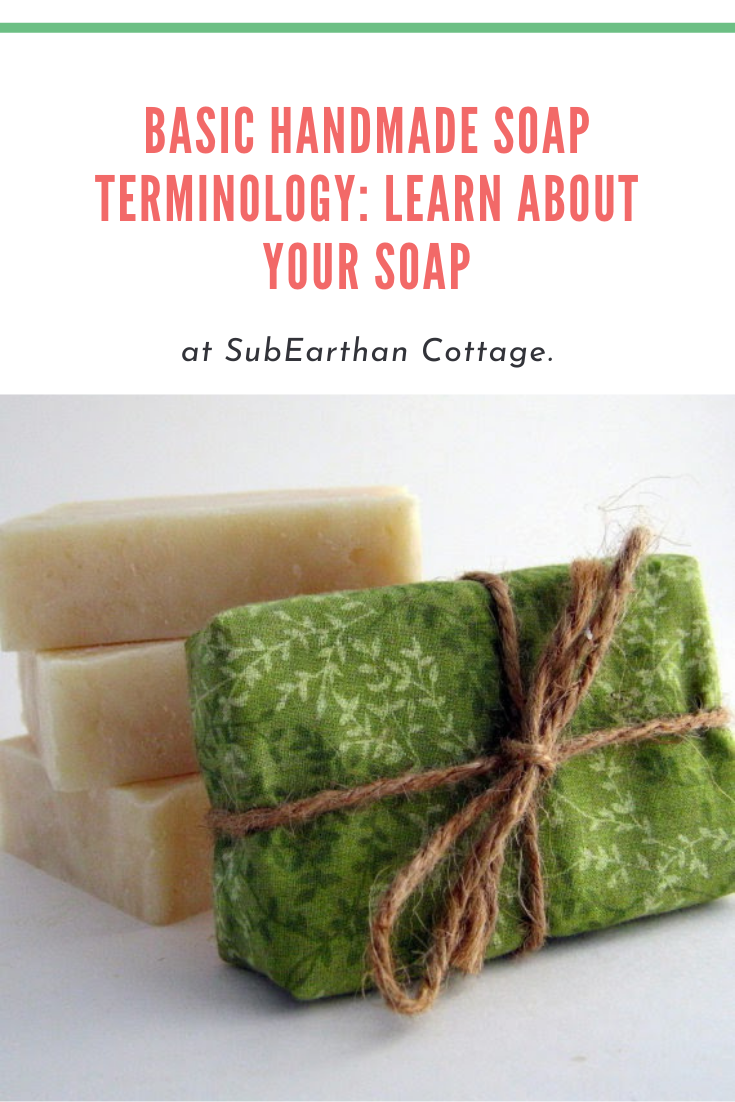
For people new to buying or making handmade soaps, sometimes the terminology can be confusing. Here are a few of the basic terms you’re likely to come across and basic information on what they mean.
Cold process (cp)
This is the most traditional method. A lye (sodium hydroxide) solution with oils once they are both in a certain temperature range and stirred like mad until the mixture thickens. At this point, fragrances, essential oils and herbs can be added. The mixture is then poured into molds and left to harden and finish the chemical reaction for about 24 to 48 hours, depending on the recipe. After this time, the soap is removed from the molds and then allowed to cure for about 4-6 weeks. This lets excess water from the soap evaporate and makes the soap last longer.
Hot process (hp)
Hot process is very similar to cold process, except that the lye and oil mixture is cooked over a low temperature until the reaction is complete. Fragrances, essential oils and herbs can be added after the cook. The cooked mixture is then poured into molds and left to harden. The soap is safe to use immediately after it hardens, although it is best to allow the soap to cure for at least a week or two. Since some of the water evaporates during the cooking process, hp soap doesn’t have to cure for as long.
Melt and pour (mp)
This is probably the easiest for a beginner or for people uncomfortable with working with lye. A soap base that has been formulated to melt easily is melted down over low heat. Once it has thoroughly melted, fragrances, essential oils and herbs can be added. The soap is then poured into molds. This type of soap can be used as soon as the soap has sufficiently hardened.
Soap bases can be purchased from most craft stores, although you’ll generally find better quality bases from specialty suppliers.
Hand milled or rebatched
This is very similar to melt and pour except that instead of a soap base, grated soap is combined with a liquid and melted down. Some soap makers like to make plain batches of cp or hp soap and then hand mill it and add the fragrances, etc. then.
Hand milled bars can be firmer, although it really depends on the amount of liquid added and the length of time the soap is cured.
This is just a basic overview. If you have any questions, please feel free to ask.
Like this post? To make sure you never miss a future post, please sign up for my newsletter.


